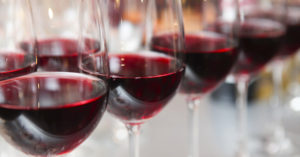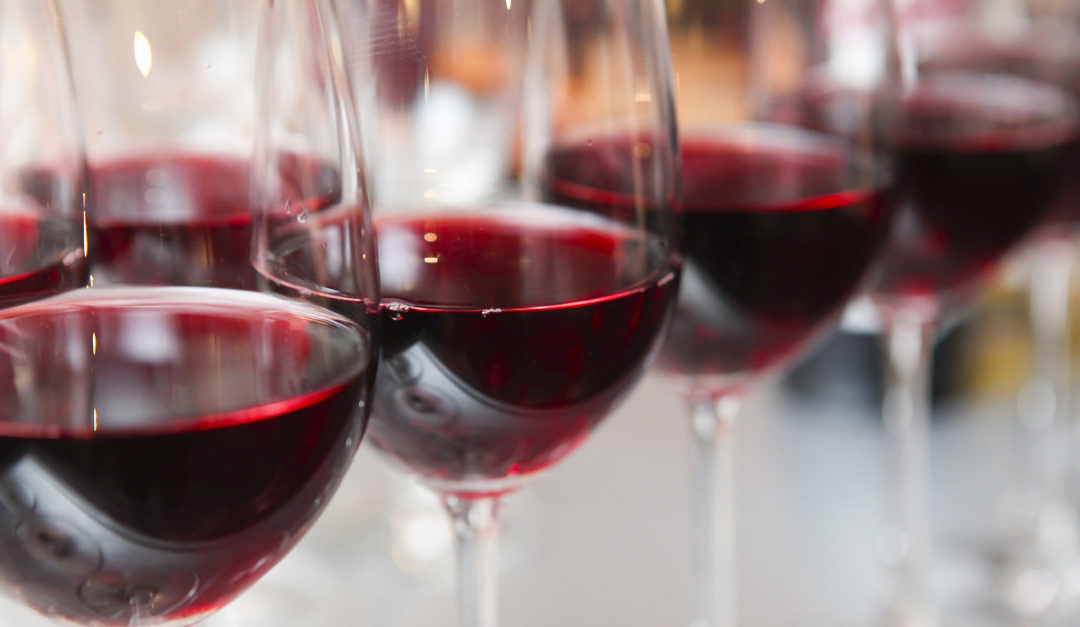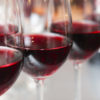Wine is an unmistakably notable beverage, and is pertinent for many reasons. Among its most prominent characteristics is its reputation for adaptation and range. The process of wine making comprises of the five primary components of collecting, crushing, aging, refinement and packaging. These elements are adjusted in order to determine and refine the content of a given wine, and are all important to the interpretation of different types of the commodity.
Selection And Conditions
Among the main factors that determine a wine’s unique composition is the conditions in which its ingredients are produced, and what variety of such components are used in production.
Two central points of control regarding the flavors found in wine are the assortment of grapes used and climate conditions in which they are developed. Diverse grape assortments produce various degrees of sugar and tannins, the substances that provide the majority of taste in wines. During development, sun exposure, temperature and precipitation can additionally modify the flavor of the grapes, and thus, effect the wine made from it.

Collection And Processing
One of the primary factors and determinants with regards to wine composition and taste is the time at which its grapes are collected.
Whenever picked early, grapes can cause a wine to taste bitter or acrid because of its underdevelopment and absence of sugar content. When grapes are picked late, a wine will be sweeter, with higher potency in such elements.
After the grapes are acquired, they are crushed, and their juices are collected. Winemakers must also determine whether or not to include the skins, seeds or stems in the combination, as well as refine the liquid.
Leaving the skins in the wine will give it a pink or red shade, contingent upon how long the mix it is left to blend. This may deliver wine types like Cabernet Sauvignon, Merlot, Pinot Noir, Syrah and Zinfandel.
Removing the skins will give an unmistakable or yellow tone to the wine. This may produce wines like Chardonnay, Riesling, Sauvignon Blanc and Pinot Grigio.
Refinement And Completion
The wine must also be fermented. A winemaker may decide to immunize the grape juice with a yeast starter, or may decide to allow airborne yeasts to adapt the liquid to wine. The length, temperature and area of maturation impacts the final taste of the wine.
After the aging cycle, the wine may be filtered to eliminate any elements that may give the completed product an inconsistent appearance. The wine is then packaged, stored and matured to reach a desired and final flavor profile.

Wine is a both versatile and diverse beverage, one that is broad in characterizations such as color, taste and quality. In general, the components that influence a wine’s final disposition are those that are directly involved in the grape development, collection and refinement processes, as well as the inclinations of a given producer.





